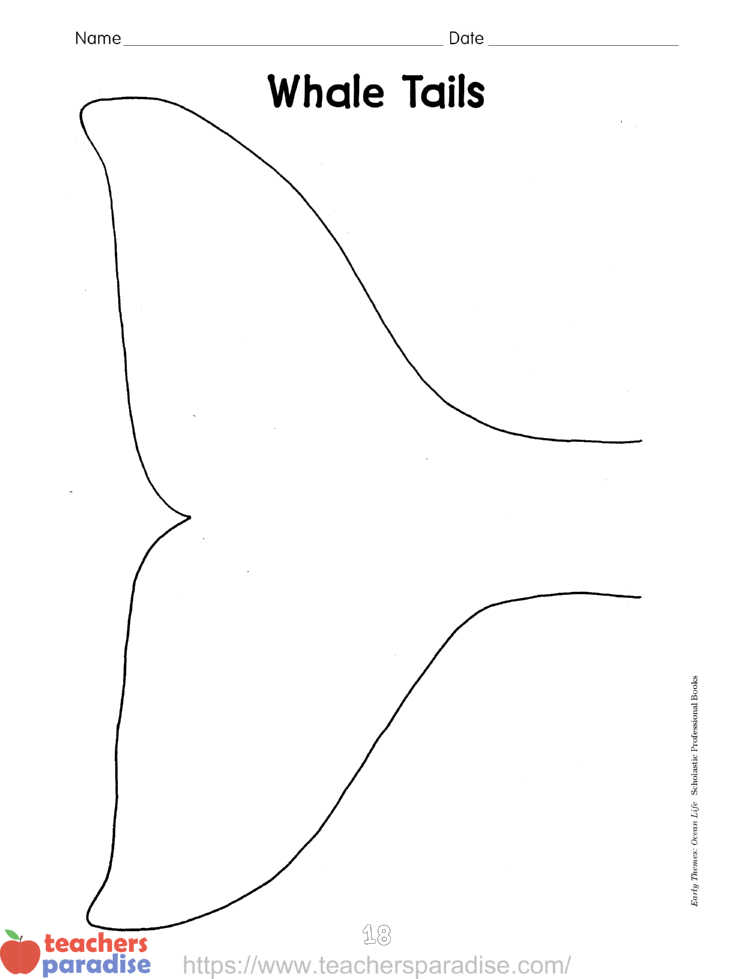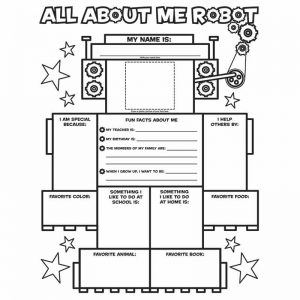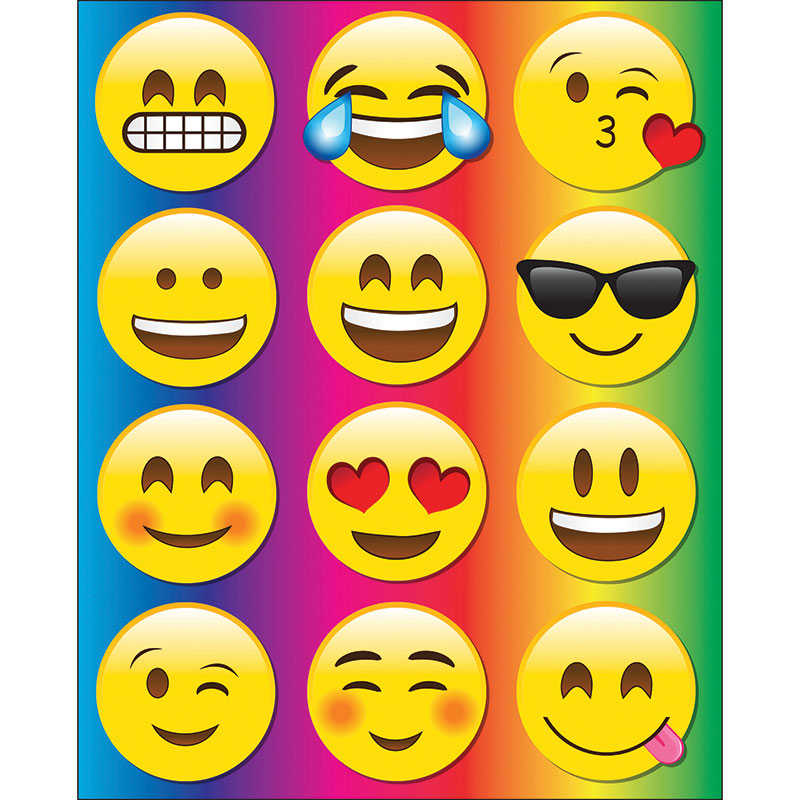Whale Tails Worksheets & Activity Sheet
Children decorate whale tails and learn that scientists identify whales by the unique markings on their tails.
Materials:
Whale Tails reproducible (see page 18)
black crayons or markers
Literature Connection:
Embark on a hilarious sea adventure with Chris Van Dusen’s Down to the Sea with Mr. Magee (Chronicle Books, 2000). When Mr. Magee takes a trip to the sea, he gets more than he bargained for, thanks to the antics of a playful whale. Let children take turns acting out the roles of the whale, Mr. Magee, and his dog. Use a large cardboard box for a boat that Mr. Magee and his dog can fit snugly inside—and get out of in a hurry!
WORKSHEET & Sample PDF Activity
Sample PDF Activity
Teaching the Whale Tails Lesson
- Explain that scientists can tell whales apart from one another. Humpback whales have markings or patterns on the underside of their flukes—the two flat halves that make up the tail. Each humpback whale has its own unique markings. By looking at the flukes, scientists can identify specific whales and track their migration.
- Give each child two copies of the reproducible. Have children use black crayon to draw markings on one of their tails. Their markings should be bold and easy to see, such as stripes or spots.
- Divide the class in half. Assign one half the job of “whale” and the other, “scientist.” Have the whales sit facing the scientists. Ask each scientist to have a black crayon and the blank reproducible ready.
- At your command, have all whales hold up their tails for 20 seconds while each scientist chooses one whale tail and studies it closely. When the time is up, whales must “dive” (hide their tails). On the blank reproducible, scientists should draw details they remember about the tail they studied.
- Ask whales to wave their tails again. How accurate are the scientists’ drawings? Let scientists and whales reverse roles and try the activity again.
ACTIVITY Extension:
Fish have vertical tails that move from side to side. Whales do not. Instead, whales have flat back-fins called flukes. Whales beat their flukes up and down to push themselves through the water. They also use flippers to help them dive and steer. Let children say the words flukes and flippers aloud several times. What do they notice? Play a game to reinforce this spelling pattern (f l ). Cut out a picture of a whale, complete with flukes and flippers. Gather children in a circle and start the game by saying a word that starts with the letters fl. Pass the whale to another child, who says a new word that starts with fl. Continue, until everyone has had a turn or you run out of fl words. Children who wish to can pass on their turns and simply hand the whale to someone else.

























